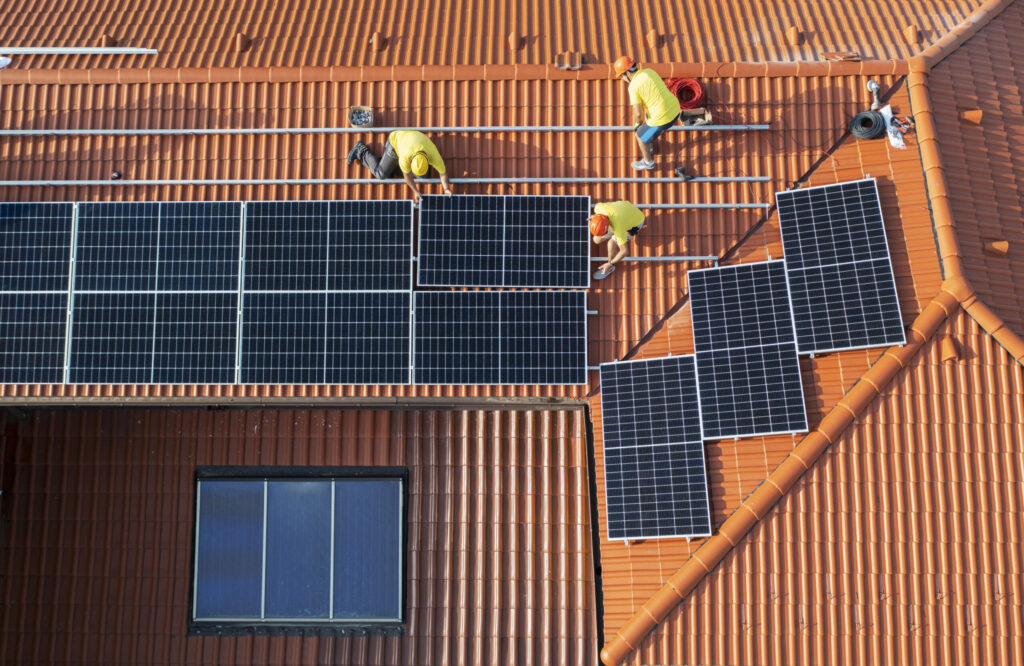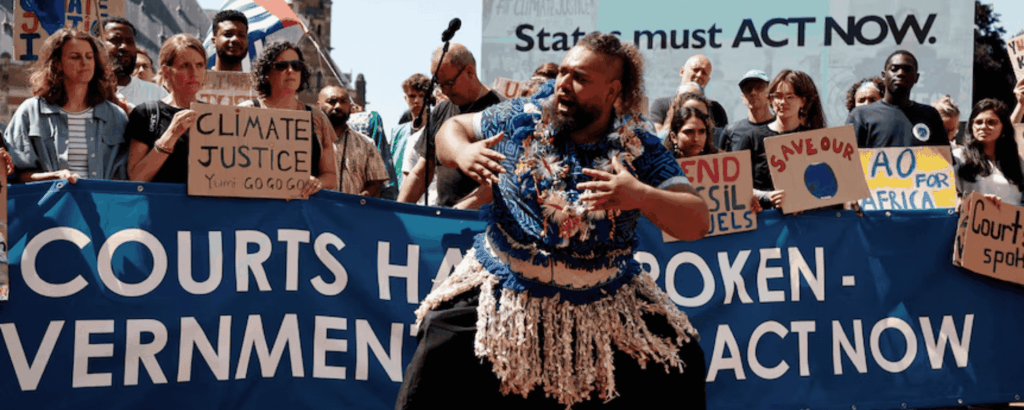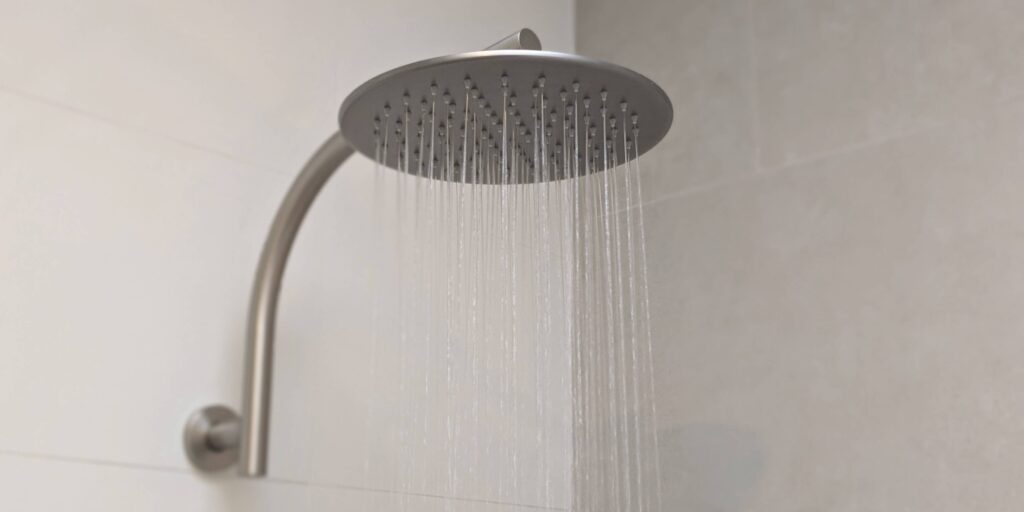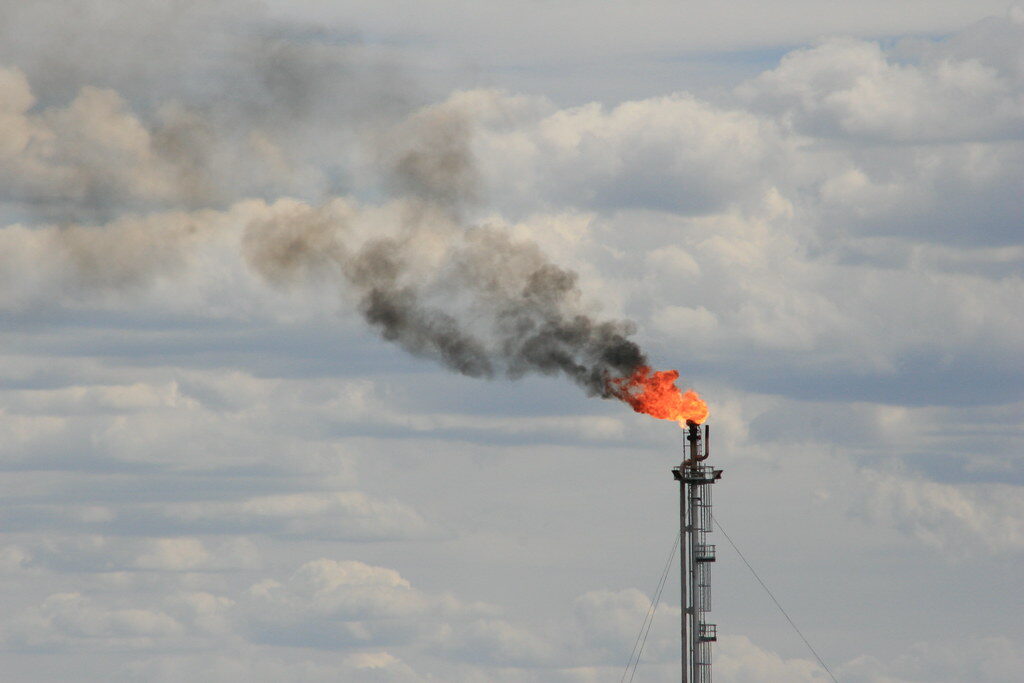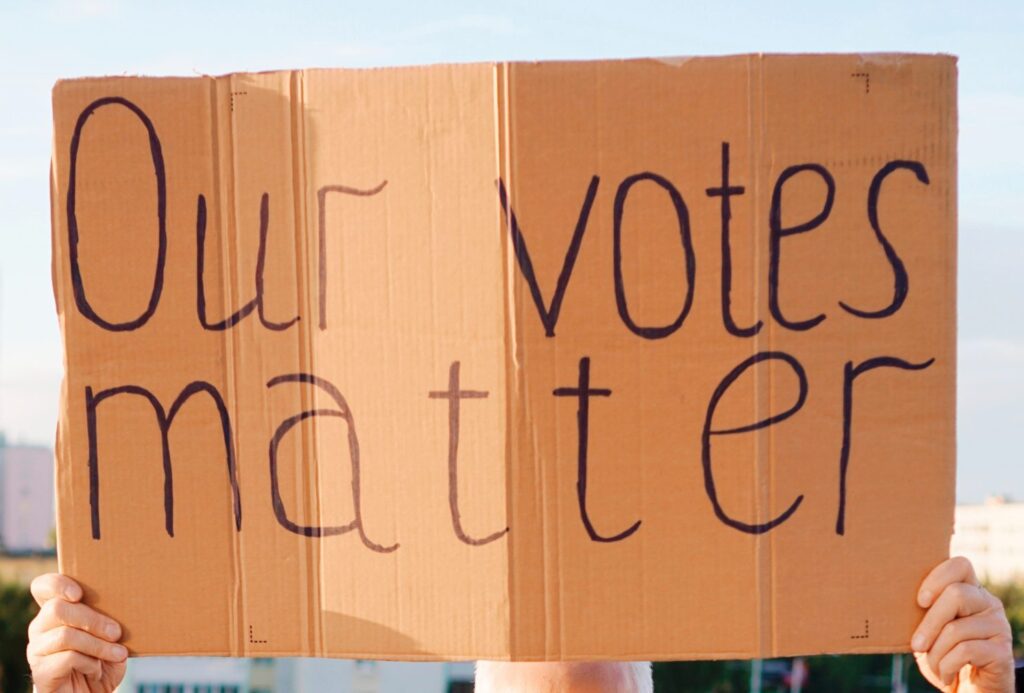There’s a lot of misinformation out there about what’s to blame for high electricity costs, but the truth is, polluting and expensive fossil fuels like coal and gas are the main culprits.
That’s because expensive gas and unreliable coal are continuing to drive up wholesale power prices (the prices our electricity retailers pay), which make up a large proportion of our power bills.
Another big chunk of our power bills comes from network costs – the costs of transporting power through poles and wires. These are increasing for a range of reasons, including the higher costs for materials and labor due to high interest rates and inflation in recent years.
The biggest opportunity to put downward pressure on power bills is to increase our renewable generation. Data from Australia’s key energy and science bodies, including the Australian Energy Regulator, Australian Energy Market Operator, Australian Energy Market Commission and CSIRO, consistently shows that renewable power backed by storage is the cheapest form of new energy, and building more will help keep power bills in check. Australia already gets nearly half our power from renewable sources, but we need to go further and faster to unlock savings for more Australians.
Let’s dig into the five reasons why your power bills are sky high – and how you can help bring them down:
1. Australia’s energy system still relies too heavily on expensive fossil fuels
Australia is adding renewable power, like solar and wind at record rates. Throughout the year, around 40% of our power now comes from renewables. However, the majority of our electricity still comes from coal and gas.
These days, electricity made from fossil fuels is far more expensive than renewable power. In 2024, the average price of electricity from fossil fuels was $137 per megawatt hour (MWh), almost twice the average price of electricity from renewables ($71 per MWh).
This is because coal and gas-fired power stations pay international prices for these fossil fuels, which have eased since the extreme spikes in 2022 but are still high. As long as our energy system continues to rely on fossil fuels that are bought and sold as international commodities, we will remain at risk of sudden and unexpected spikes in power prices. In contrast, the wind and sun are free, and when backed up by storage like batteries, they can provide abundant, locally produced power forever.
Modelling commissioned by the Clean Energy Council shows that if we delay the expected roll out of renewables and continue our reliance on coal and gas, power bills could increase by $449 a year for households, and $877 for a small business this decade.
Read more: An Aussie Roadmap: building a clean, reliable and low-cost electricity grid.

2. Gas companies export the vast majority of Australia’s gas and charge us more at home
Even though Australia produces far more gas than we need to power our homes and businesses, gas prices remain high. This is because we are one of the largest exporters of gas in the world – we export around 80% of our gas, which means we have to compete with global export prices. Gas companies ship so much of their gas offshore because that’s how they maximise their profits. Because gas is so expensive, electricity made using gas has a disproportionate impact on overall power prices.
As gas prices rise, so do our overall power prices. Even though only about 17% of Australia’s electricity comes from gas, research from Griffith University shows that because gas is so expensive, gas prices drive 50-90% of pricing periods in the National Electricity Market.
On top of this, gas companies pay no royalties on the majority of the gas they export, pay very little income tax, and employ only a small number of people. Subsidies to fossil fuel producers and major users from state and federal governments totalled $14.5 billion in 2023-24.
These multinational corporations are making billions while providing almost no benefit to our economy and costing us thousands of dollars every day. At the same time, they are responsible for huge amounts of climate pollution both in Australia and worldwide.
Read more: 5 reasons why Australia needs to break up with gas.
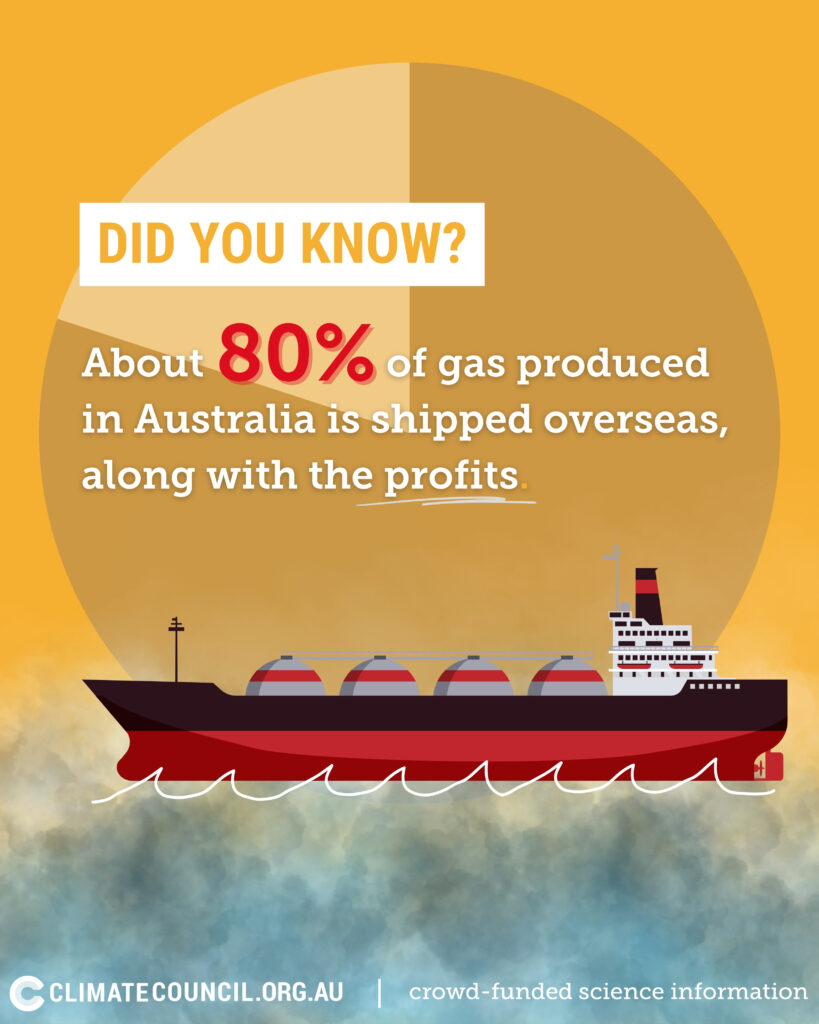
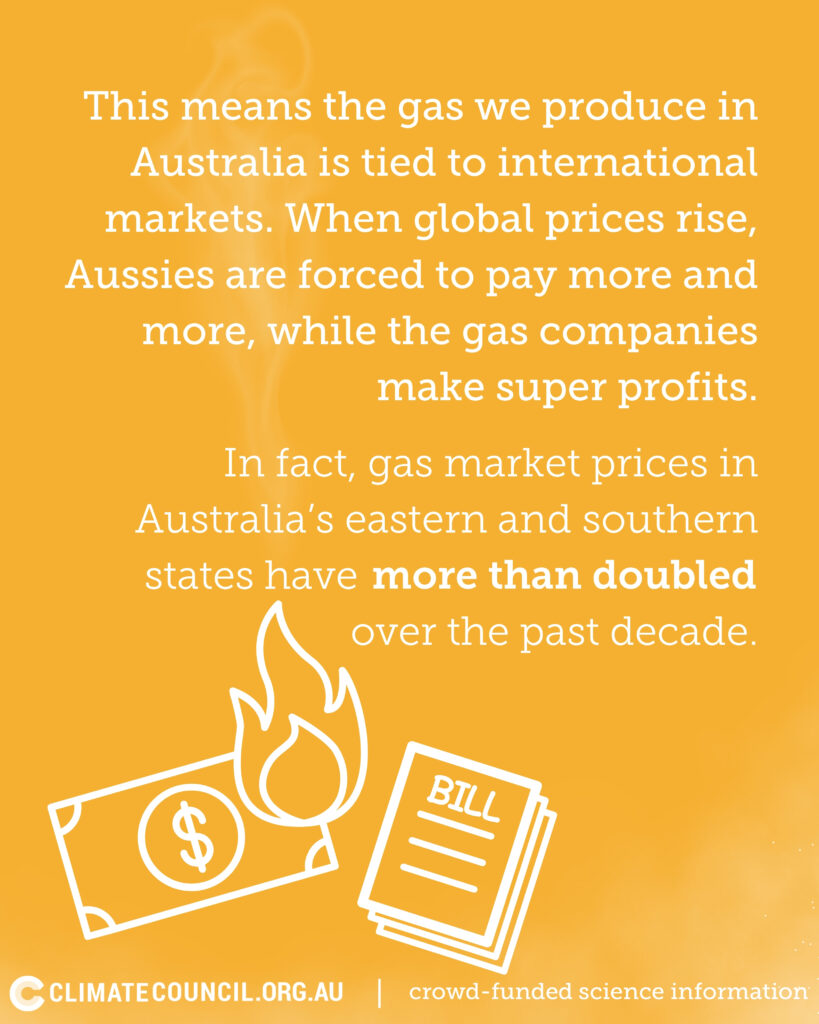
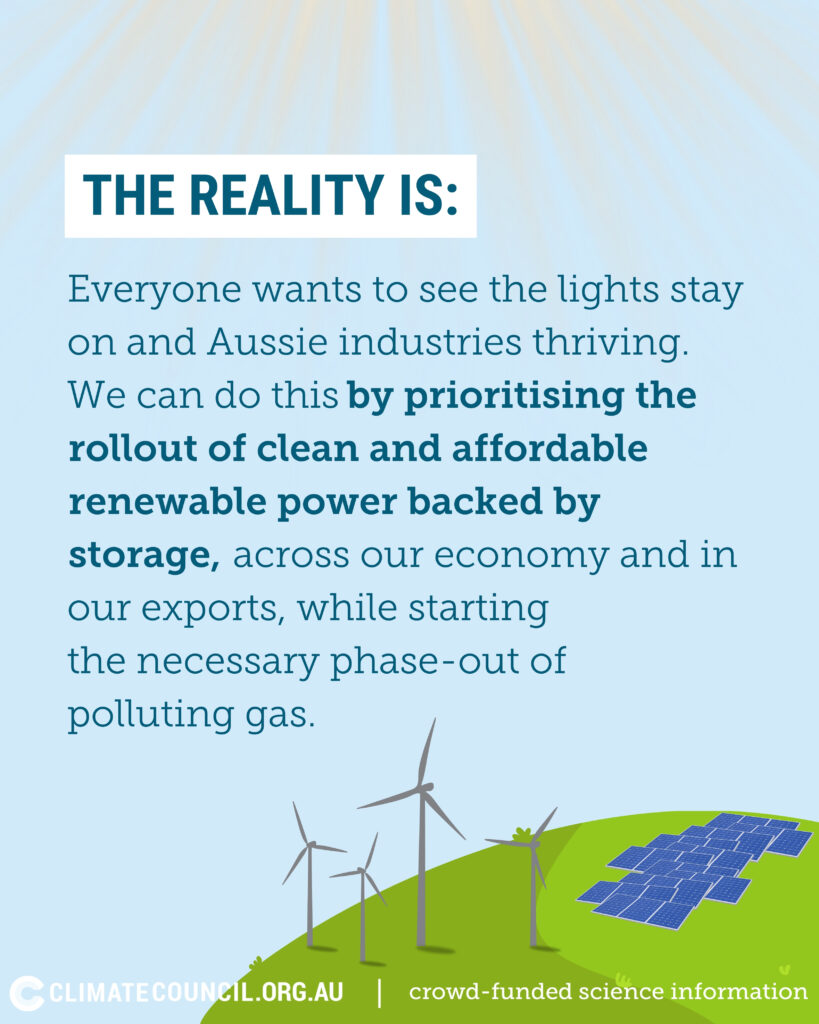
3. Our ageing and unreliable coal-fired power stations are driving severe price spikes
The majority (more than 60%) of the coal capacity in our main national grid is over 40 years old, and the ability of our generators to reliably produce electricity has dropped off dramatically. For example, Australia’s largest coal-fired power station, the 43 year-old Eraring Power Station in NSW, had more than 6,000 hours of planned and unplanned outages in 2024, equivalent to each of its four units being down for two months on average.
Our decrepit coal clunkers have not only been a major driver of power outages in recent years – they have also contributed to some of the most severe price spikes. Fossil fuel companies take advantage of reduced energy capacity when these outages occur and jack up their prices to maximise profits. Expensive gas generation also increases to meet our electricity needs. Analysis commissioned by the Climate Council in 2024 shows that four of the most severe power price spikes in the past seven years have been driven by unplanned coal outages.
The Australian Energy Market Operator expects all our coal-fired power stations to close by 2038 at the latest, and 90% to shut down over the next ten years. Rapidly adding more renewable power and storage so that it’s online before more coal is retired is the best way to bring down energy prices over the long-term.
Read more: Lights Out: Ageing Coal and Summer Blackouts.
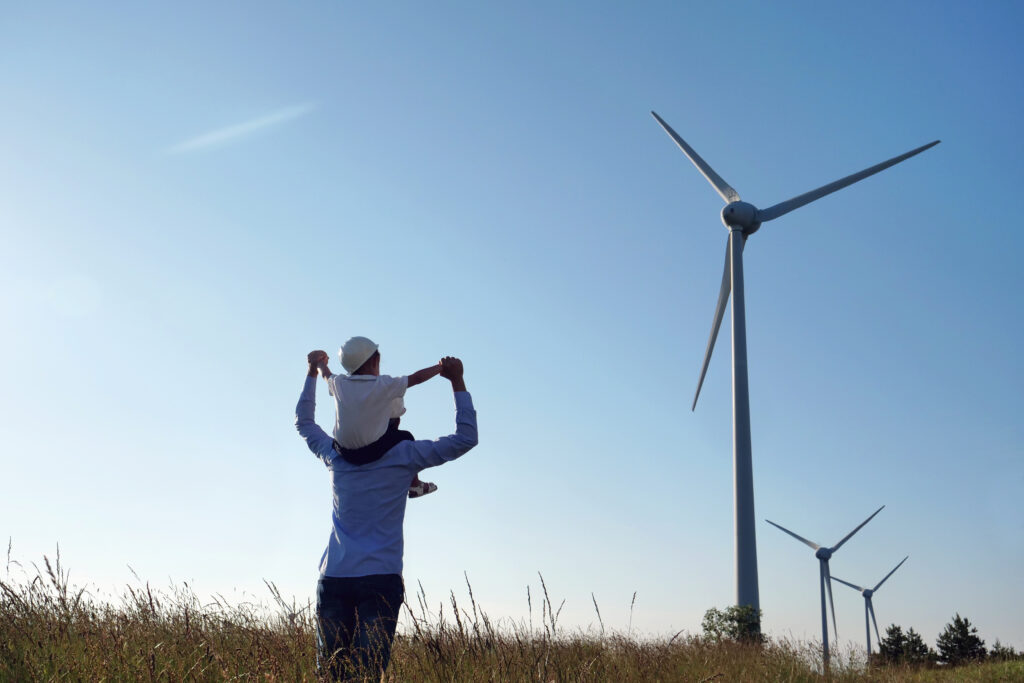
4. Renewables backed up with storage can help keep power prices in check – but we don’t have enough of them yet
All around Australia, the data shows that more renewable power in the grid puts downward pressure on power prices. In Queensland, wholesale prices (the prices our electricity companies pay, which account for up to 40% of the costs on our power bills) dropped 40% in 2023-24, with the increased solar and wind energy in the grid playing a key role. The ACT’s 100% renewable power system has reduced wholesale prices for four quarters in a row. In South Australia – which now generates 74% of its electricity from renewable sources – wholesale prices are lower when its wind generation is high and the state is sourcing less electricity from expensive gas.
By increasing our solar and wind generation, backed up with storage like batteries, we can keep power prices in check and improve the reliability of our power system. Battery storage is already booming in Australia: battery capacity has more than doubled in the past three years, and is expected to grow at least seven-fold by 2030.
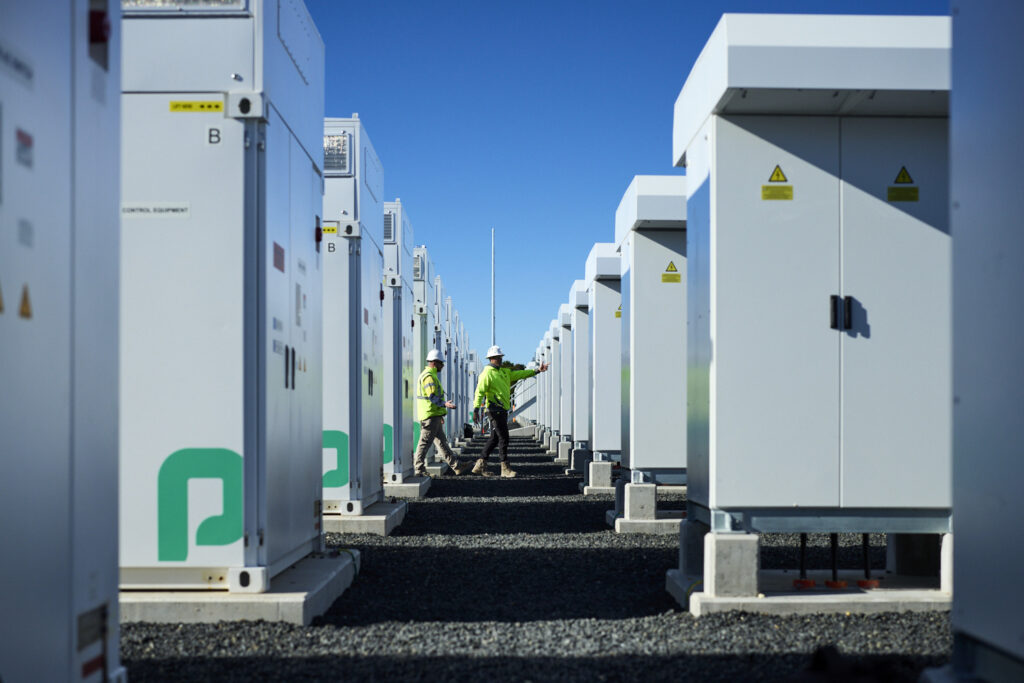
5. Aussie households can take control of their power bills by installing rooftop solar, switching to electric appliances and improving their energy efficiency
Electrifying our homes, improving their energy efficiency and increasing rooftop solar uptake will help us deal with the rising costs of living while cutting our climate pollution. Households that make the switch to electric could save up to 70% on total energy costs. For example, rooftop solar can help cut bills by more than $1,500 per year, and getting off gas can save the average Aussie family $200 per year, increasing to $400 in 10 years time.
However, we know that people on low incomes, renters and social housing tenants have more barriers to overcome when it comes to installing solar and upgrading their energy efficiency. Governments have an important role to play in ensuring all Australians can access this opportunity to reduce their energy bills and make their homes more comfortable and safe to live in.
Read more: Seize The Sun: How to supercharge Australia’s rooftop solar.
